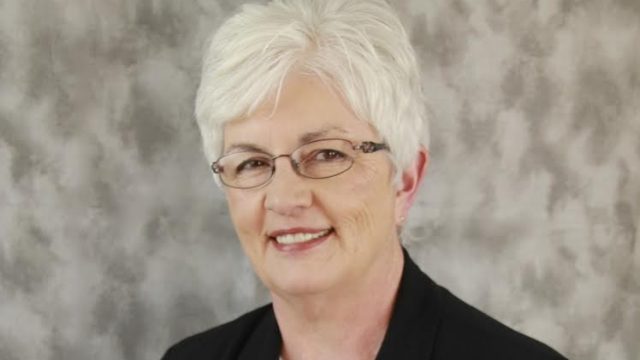North Dakota Democrat Calls For Affirmative Action For Democrats

The North Dakota Democrats got another statewide candidate today, only their second of the election cycle with just eight days to go until their nominating convention. Though it’s an odd one.
They’re making a big deal out of their Lt. Governor candidate, which is strange because typically whoever is running for Governor picks their running mate. Just like how the candidates running for President pick their Vice Presidents.
But these days I guess the Democrats will take their wins where they can get them.
The candidate is state Senator Joan Heckaman of New Rockford (District 23). She has the advantage of representing an odd-numbered district which isn’t on the ballot this year, so she doesn’t have to give up her seat in the Legislature to run.
According to Heckaman, North Dakota voters should vote for Democrats for the sake of balance in state government:
“I believe that a two-party system of government serves the people better, and the current monopoly in the executive and legislative branches leaves much work to be done,” Heckaman said. “Balance in state government provides stability.”
The Democrats have been making this argument for a couple of cycles now, ranting about the “Republican super majority,” and I have to admit it doesn’t make much sense to me.
Our liberal friends realize that we have a Republican “super majority” or “monopoly” in state government because that’s what North Dakotans have voted for, right? Maybe because North Dakota’s electorate just really, really likes Republicans right now?
Calling on voters to cast their ballots for Democrats only for the sake of balancing out Republicans sounds like a demand for a sort of partisan affirmative action.
I mean, how exactly does that argument go? Vote for Democrats because they aren’t Republicans?
That’s…inspiring?
Maybe Democrats should try having ideas and policy proposals that a majority voters actually want. Tough, admittedly, for today’s Democrats in North Dakota who are way, way to the left of where the average voter is.




